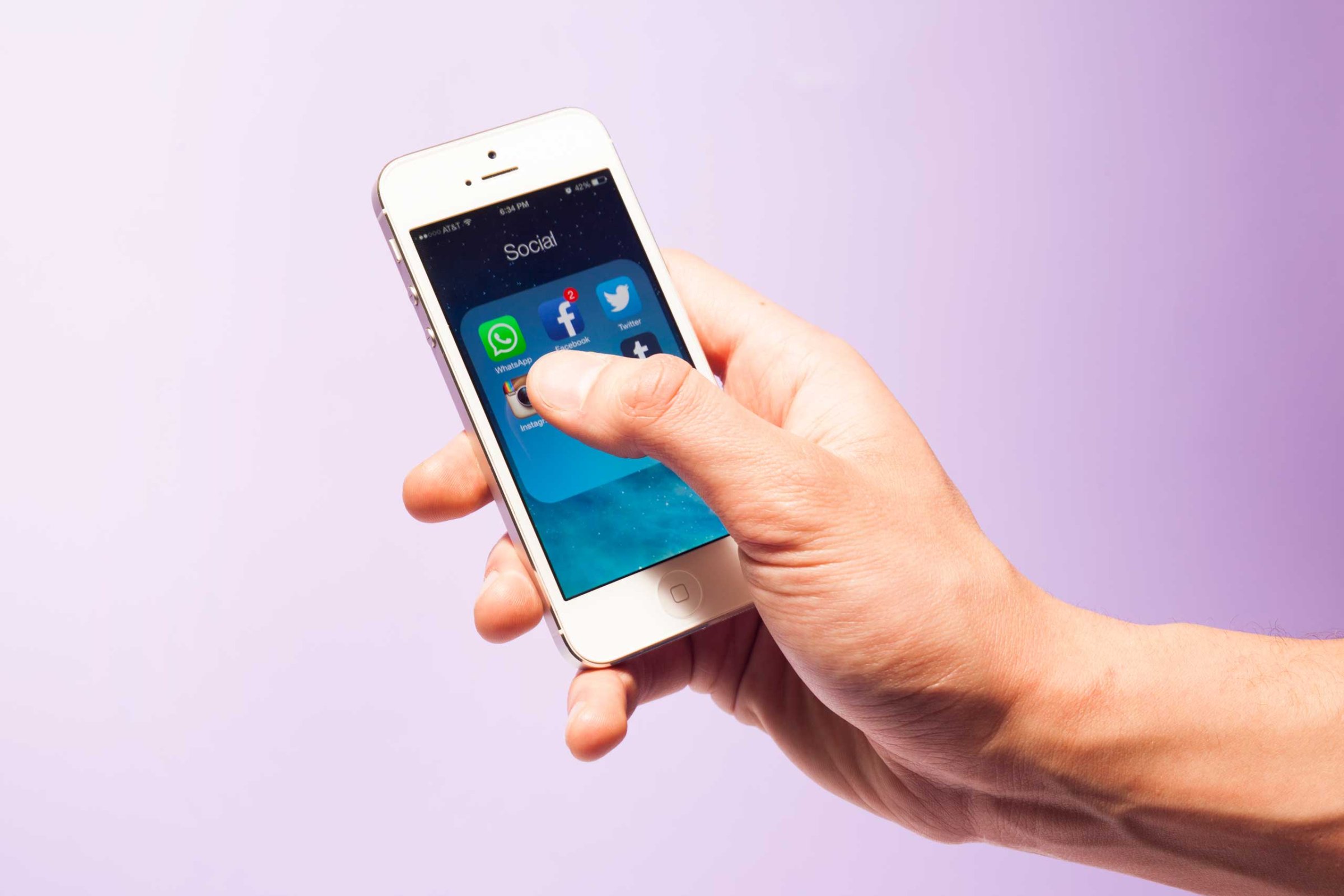
Like rocket science and high school relationships, cell phone plans are complicated for a reason. Two-year contract or early-upgrade plan? Month-to-month or pay-as-you-go? Individual or shared data?
Big carriers like AT&T and Verizon love it this way — they know most consumers won’t know a good plan from a bad one. When every choice is filled with exceptions, limitations and fine print, how can you even begin to compare your options? You’d be a fool to even try.
Well, call us fools, because we sat down and did just that. In order to keep things straightforward, we made a few assumptions up front:
1. You want a recent premium phone, not a clunker. We’re talking iPhone 6 or Samsung Galaxy S6.
2. You want about 2-3 GBs of data per month—enough to use GPS, browse the web, and check email on a regular basis.
3. You don’t want to worry about how many messages you’ve sent, so the plan needs to allow for unlimited texts as well.
Just by making these assumptions, the options—and the math—get a lot simpler. Yes, you can certainly save even more if you optimize your exact number of texts, minutes and data with a pay-as-you-go plan, but who wants to think that hard about their cellular service? So long as you just want a decent plan on a good phone, we’ve got you covered.
The four options, from worst to first
When it comes down to it, there are roughly four types of cell plans. We’ll order them from worst to first here, then break it down below.
4) a payment plan, like AT&T’s Next or Verizon’s Edge
3) a two-year contract
2) a pay-as-you-go plan
1) a month-to-month plan (requires an unlocked phone with no contract)
The payment plan: A wolf in sheep’s clothing
Payment Plans: The Big Two | FindTheBest
If you’re just looking for an individual plan, the first option is arguably the worst. The way the plan works: you pay $0 the day you get your new phone, but then you pay about $20 on top of your normal monthly fee in roughly 30 installments (the exact rate and number of installments vary by plan, but the overall concept is very similar). After 30 months of payments, you end up paying about $50 more under this method than if you had selected a two-year contract.
That said, the payment plans allow you to trade in your phone early for a new one—typically at the 12-, 18-, or 24-month mark, depending on which option you choose. On paper, this makes the payment plan a cheaper option than the two-year contract—by our calculations, you save about $40 compared to a two-year contract if you trade in at the 24-month mark.
But all of this ignores one key wildcard: the resale value of your phone. A top-shelf phone like the iPhone 6 can potentially net you $400 after one year, or around $300 after two years, using a site like eBay or Gazelle. Once you factor in the resale value of your phone, the payment plan option is simply the worst way to go, whatever way you slice it. It’s no wonder the phone companies are pushing these the hardest.
11 Amazing Features of the Apple Watch




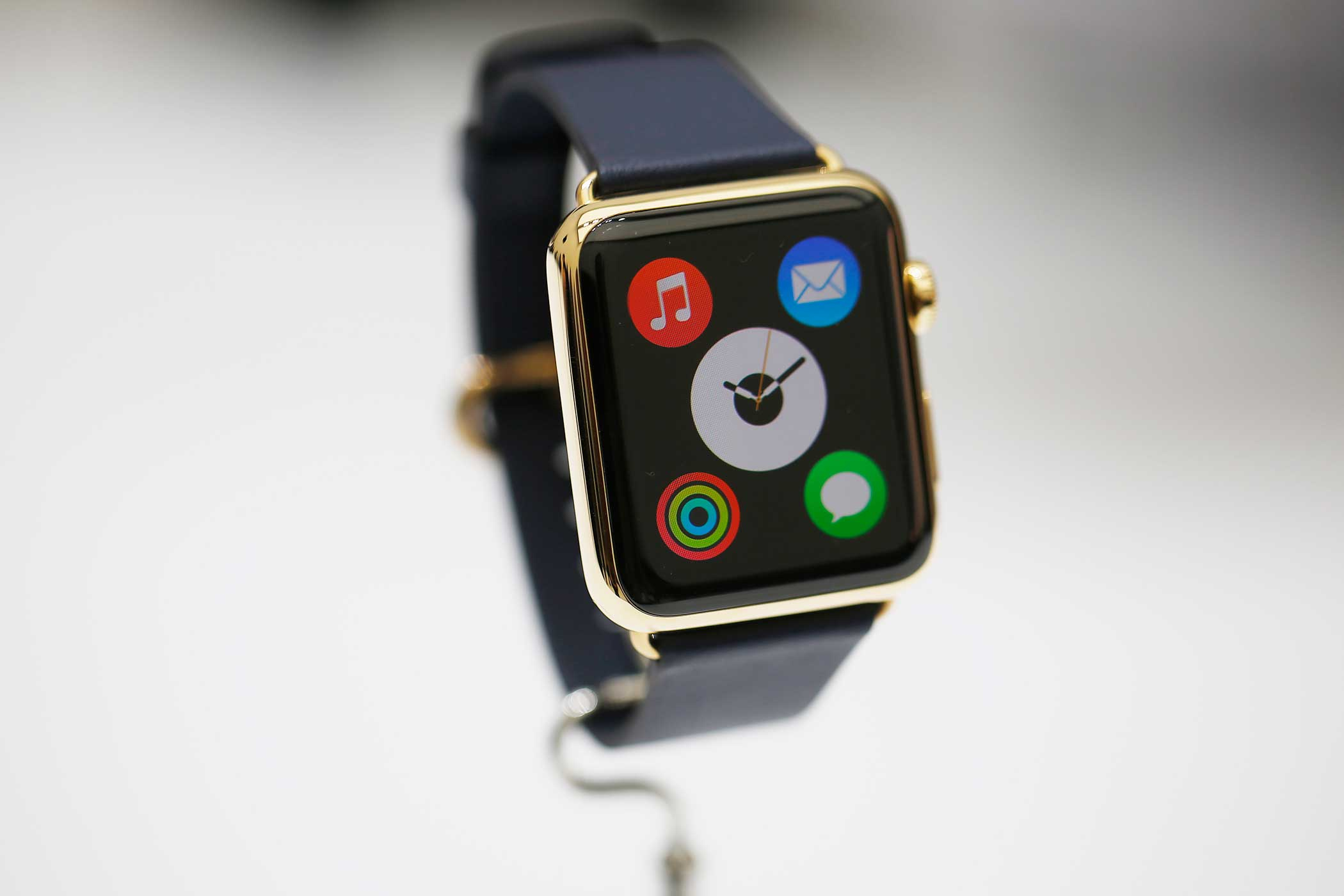
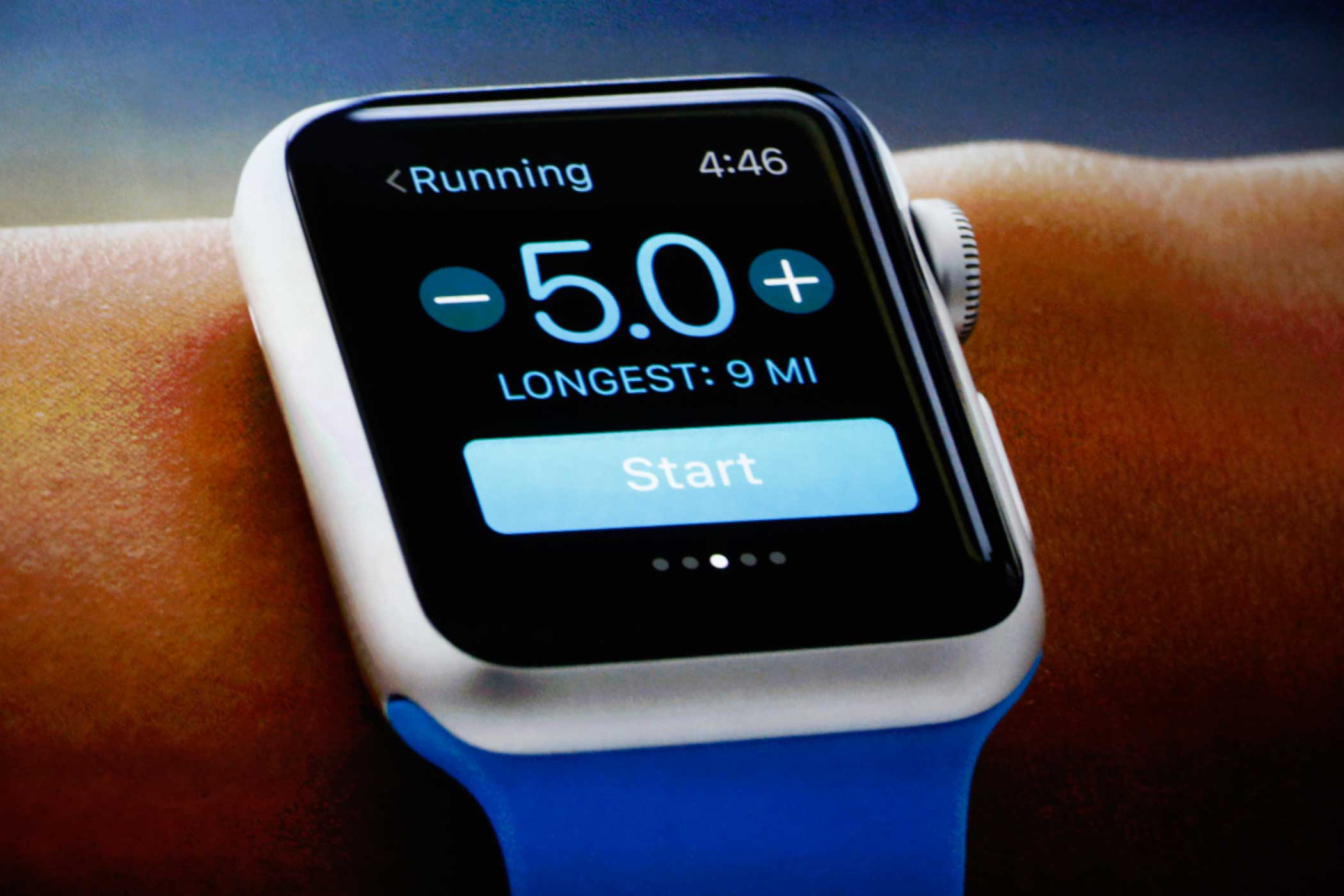

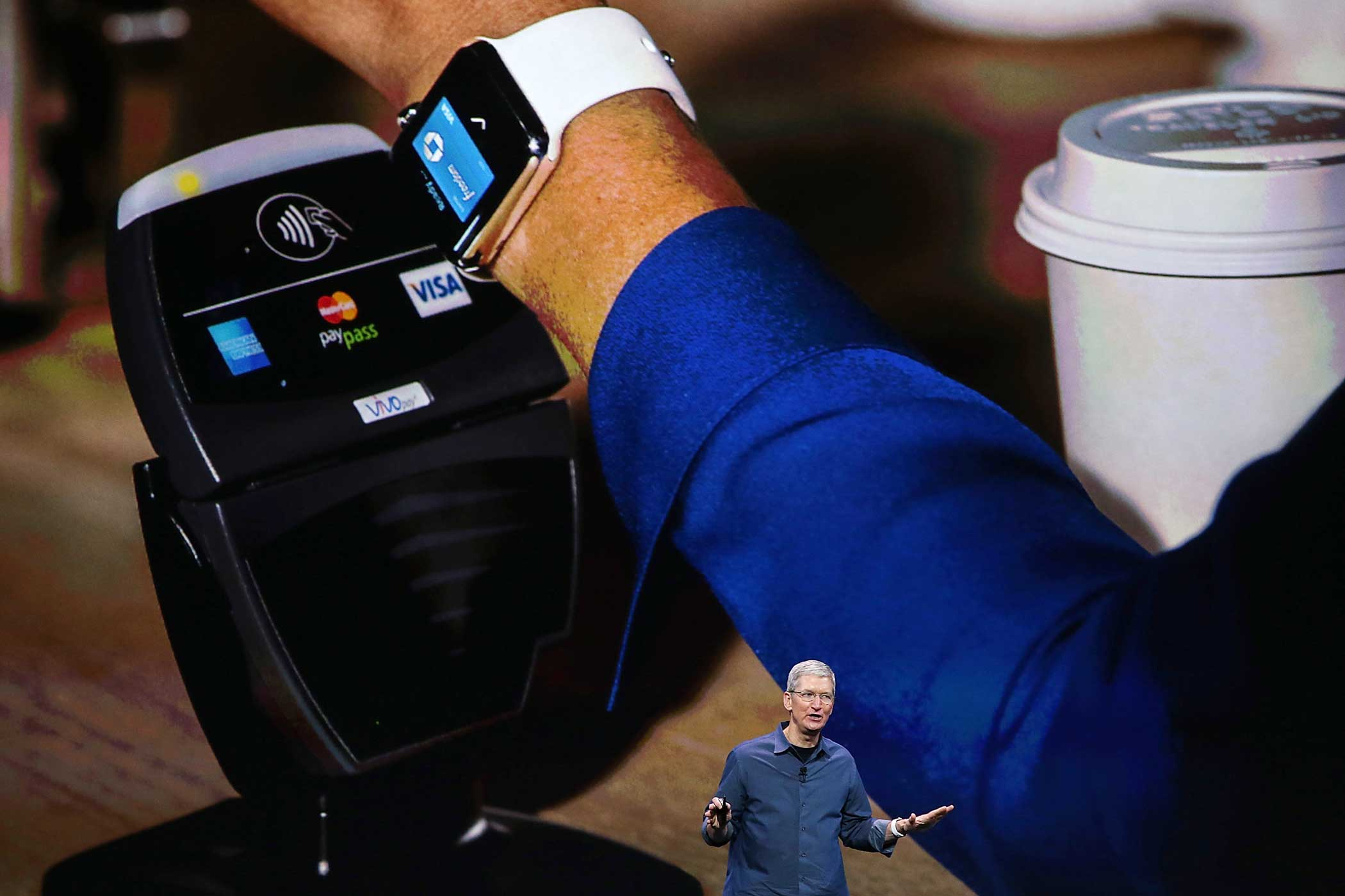

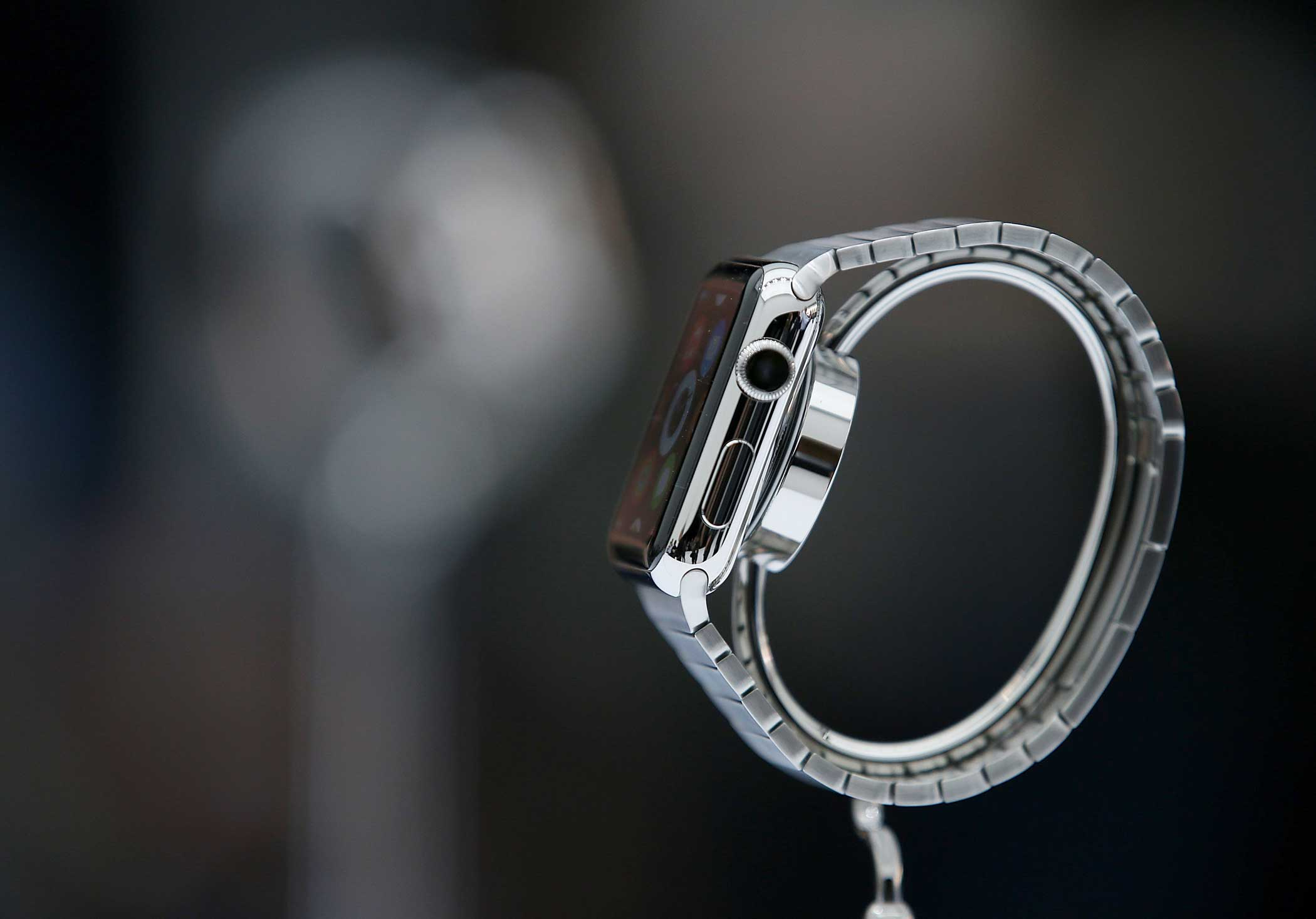
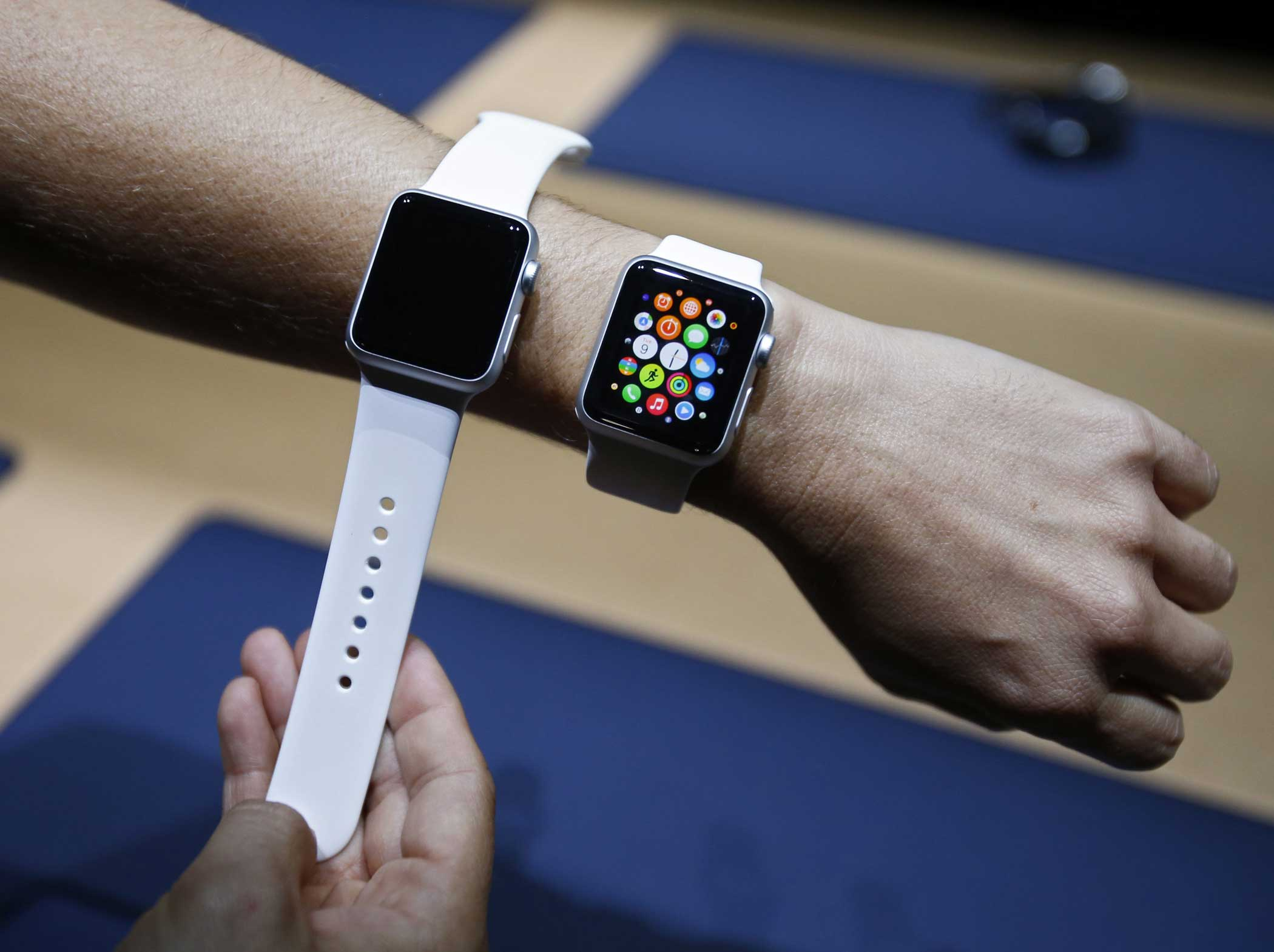
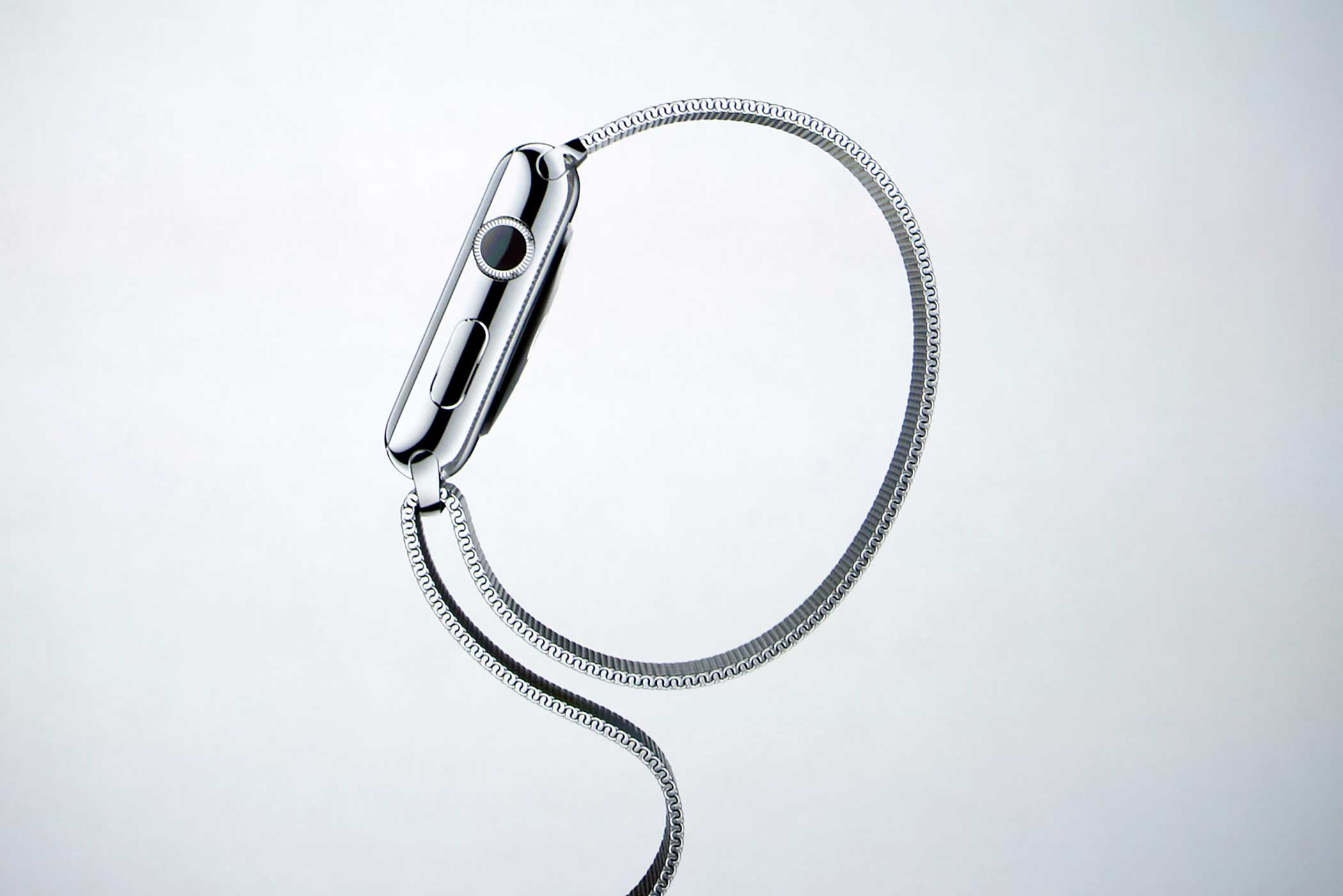
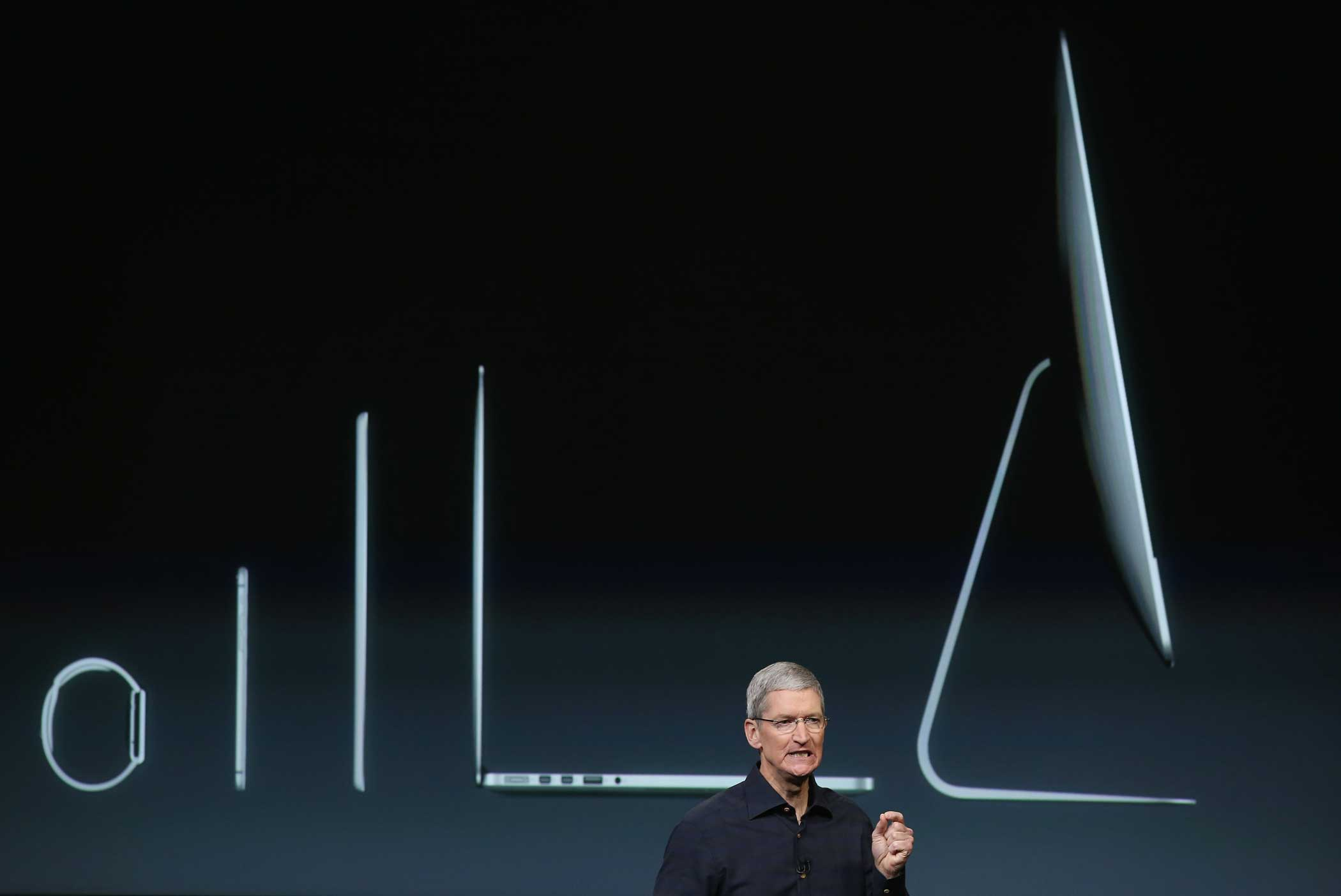
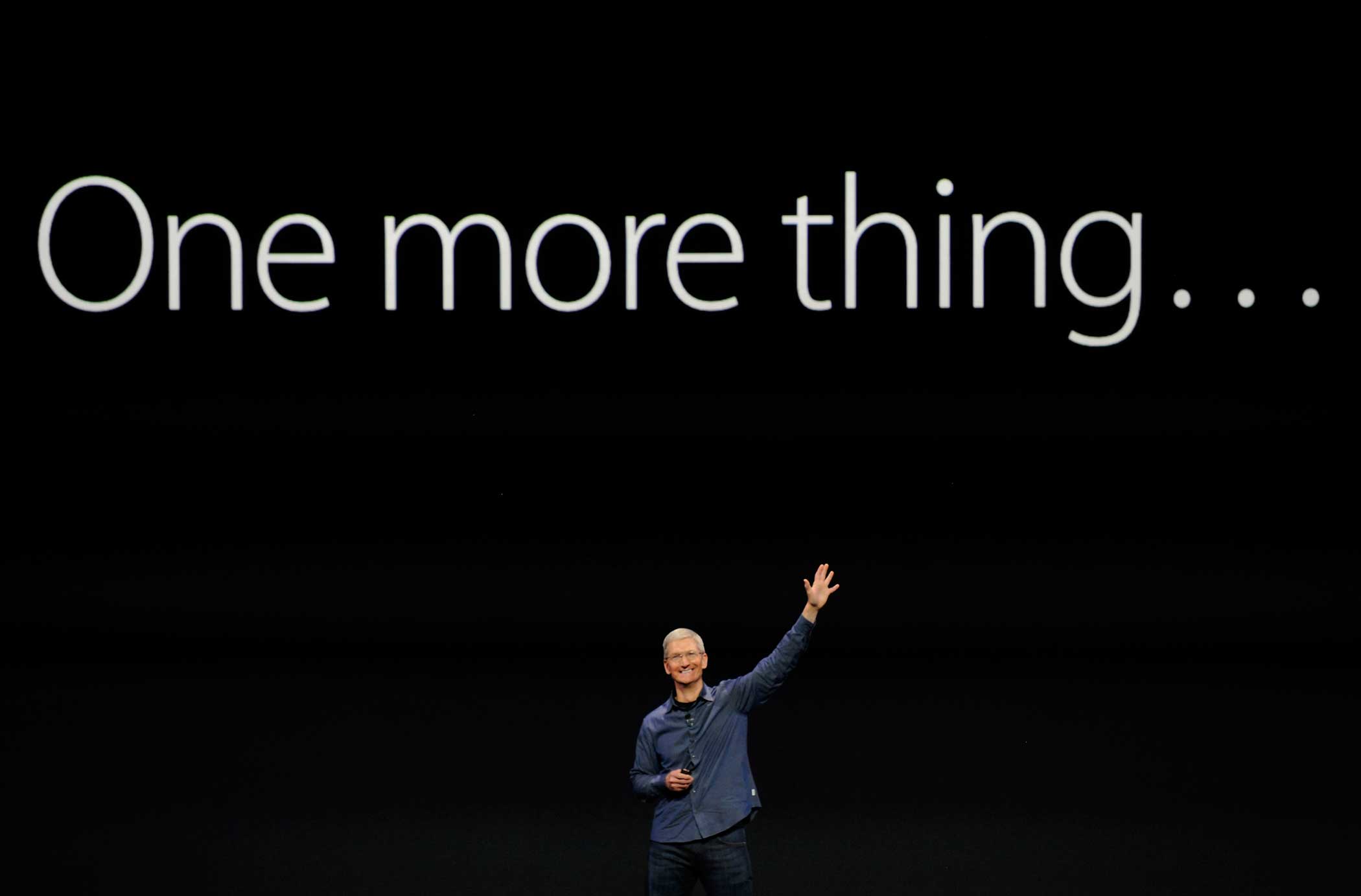
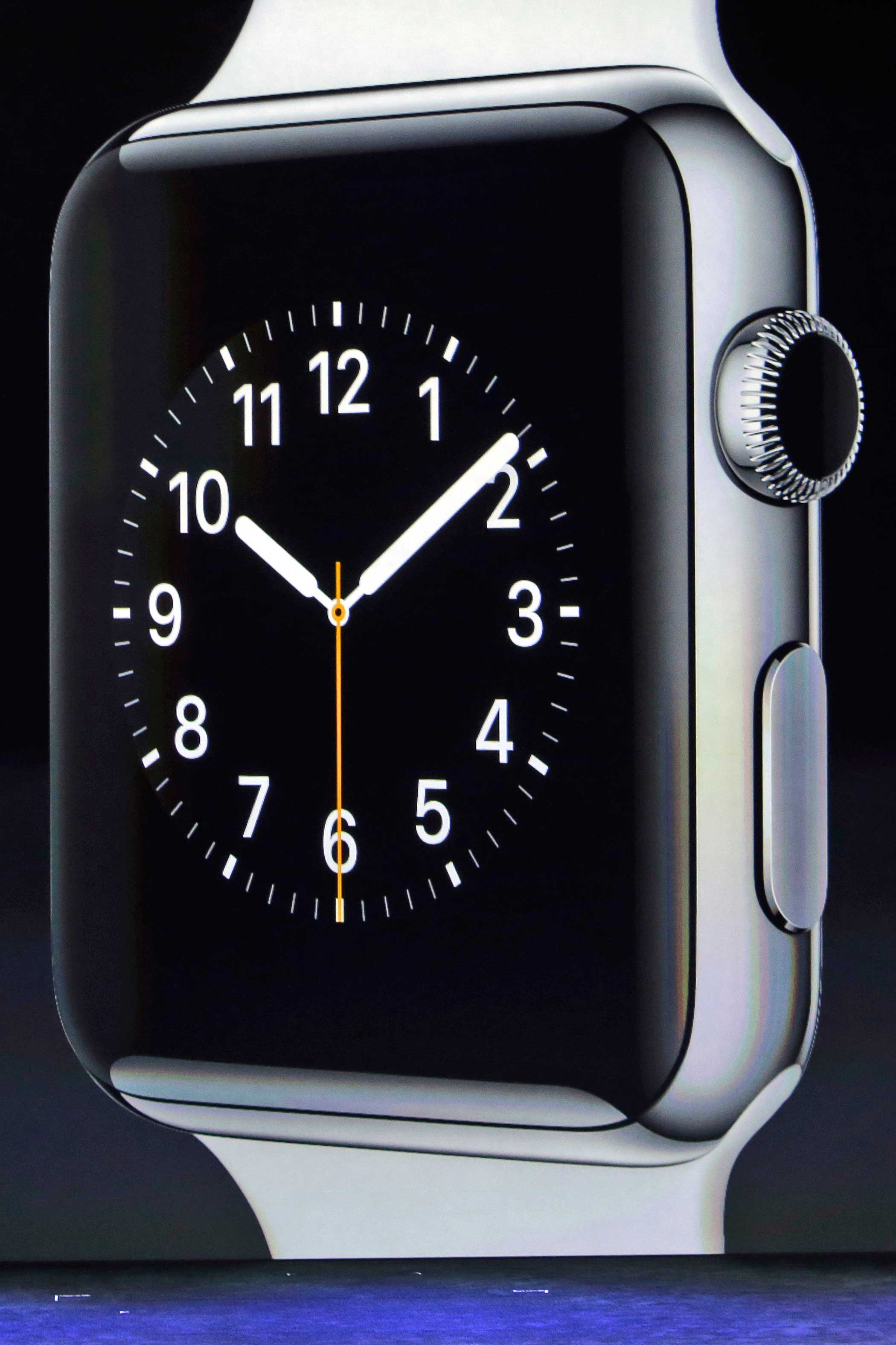
The two-year contract: Still subsidized, still a bad deal
2-Year Contract Plans: The Big Two | FindTheBest
The two-year contract lets you buy an expensive phone (say, the $649 iPhone 6) for a seemingly inexpensive, subsidized price ($199). Naturally, however, the cost of the phone is baked into your monthly fee, and by the time two years have passed, you’ve paid the full price for the device.
These plans have become a moderately bad choice for several reasons. First, there’s the $40 “activation fee” ($35 on Verizon), which is probably the single most unfair, ridiculous charge in the entire business. When AT&T or Verizon advertises a new phone for $200, what they really mean is $235-$240. They’re just hiding 15% of the cost in the fine print.
Each time you buy a premium phone under a two-year contract, you’ll end up paying nearly $2,200, all told, by the end of the two years. But hey, at least you’ll be able resell your old phone when you’re done. You can’t say that about the payment plan method.
The pay-as-you-go plan: Best for the micromanager, complicated for everyone else
Pay-As-You-Go Plans | FindTheBest
If you’re disciplined, data-driven, responsible and self-restrained, the pay-as-you-go option is your best bet. With these plans, you can pay only for the exact amount of data, texts and minutes you use. For example, you might be a data fiend—constantly using GPS or watching videos on the move—but totally disinterested in actually talking on the phone. You can pay for one, practically ignore the other, and pocket all the cash you saved.
The problem is that all the rules and fees vary significantly from one plan to the next. One company might charge you by the day, another by the minute, and a third for any month in which you make a call. Even once you’ve selected your specific plan, you’ll likely need to monitor yourself and your phone habits. Got an hour-long emergency call from your parents? Received a flurry of unwanted text messages out of the blue? Pay-as-you-go plans add up quickly if you deviate from the original structure you set, so proceed carefully.
Month-to-month, no contract plan: For once, a fair deal
Month-to-Month, No Contract Plans | FindTheBest
In many ways, the month-to-month approach is the best of all worlds. You can still get unlimited texts and minutes. You can still enjoy several GBs of data. You’re not locked into any long-term agreements, and you can switch carriers as you see fit. The only downside? You have to pay the full price of the phone on day one—which can be $600+ for the latest and greatest models. But if you can stomach the initial setback, you can save more than $400 over two years.
As an example, compare AT&T’s two-year contract plan (2 GBs, unlimited texts and minutes) to Cricket Wireless’ month-to-month plan (3 GBs, unlimited text and minutes). Let’s assume you’re buying a 16GB iPhone 6.
As of this writing, AT&T’s plan will cost you $80 per month for two years. You’ll be hit with a $40 ‘activation fee’ when you buy, and you’ll still need to pay the subsidized cost of the phone: $199. Add it all up, and that’s $2,159 over two years.
Now, consider the Cricket Wireless option. You pay $649 for the phone, and then $45/month after that. If you stick with the plan for two years, that comes out to $1,729 total, $430 cheaper than the AT&T contract.*
*What about the payment plan option, AT&T Next? That’ll run you $2,209.20 total if you want the right to resell the phone.
Okay, you might say, but how reliable is Cricket Wireless’ network? The answer: exactly as reliable as AT&T’s. Cricket Wireless is in fact owned by AT&T, and so they use the same network. The lesser-known Cricket simply offers better plans for month-to-month smartphone users.
There are many other month-to-month providers as well, like Ting, Boost Mobile, US Cellular and Virgin Mobile, each of which offer rates comparable with Cricket. In fact, the only month-to-month providers we would advise against are the big players themselves—particularly AT&T and Verizon—who intentionally charge high month-to-month rates to discourage people from buying unlocked phones.
But what about families?
This all sounds great for an individual, you might say, but I’m interested in a family plan—something where I can share data among two or more family members. Does a no contract, month-to-month plan still work better for group plans?
Once again, the answer is yes. For example, Cricket Wireless offers 10 GBs of shared data for four lines at $100 total per month—which translates to a total bill of $4,996 after two years of service, including the costs of four top-shelf phones. Compare that to a two-year contract with AT&T or Verizon, where the overall cost is well over $7,000.
10 GB Family Plans – Cricket vs. 2-Year Agreements | FindTheBest
Bottom Line
In the end, it all comes down to how much sticker shock you can bear the day you buy your device. If you’re willing to purchase your phone unlocked—even if it costs you $650 on day one—you’ll save hundreds over the course of two years. And even if you get cold feet, you can cancel your plan and sell your device at anytime. You don’t need a contract to tell you that.
Read next: The FBI’s Top Hostage Negotiator Teaches You How to Lower Your Bills
PHOTOS: The Rise of Mobile Phones from 1916 to Today




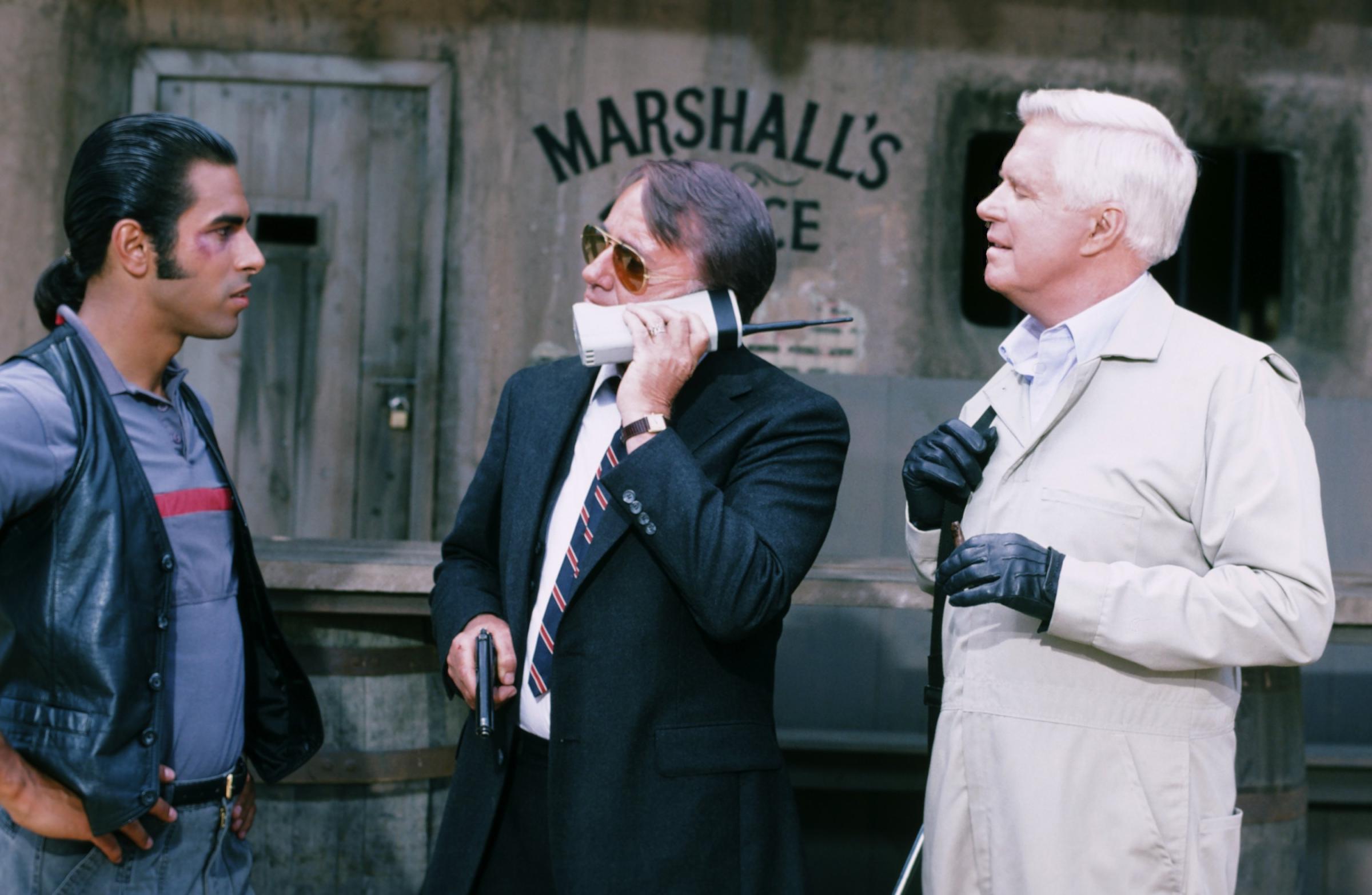

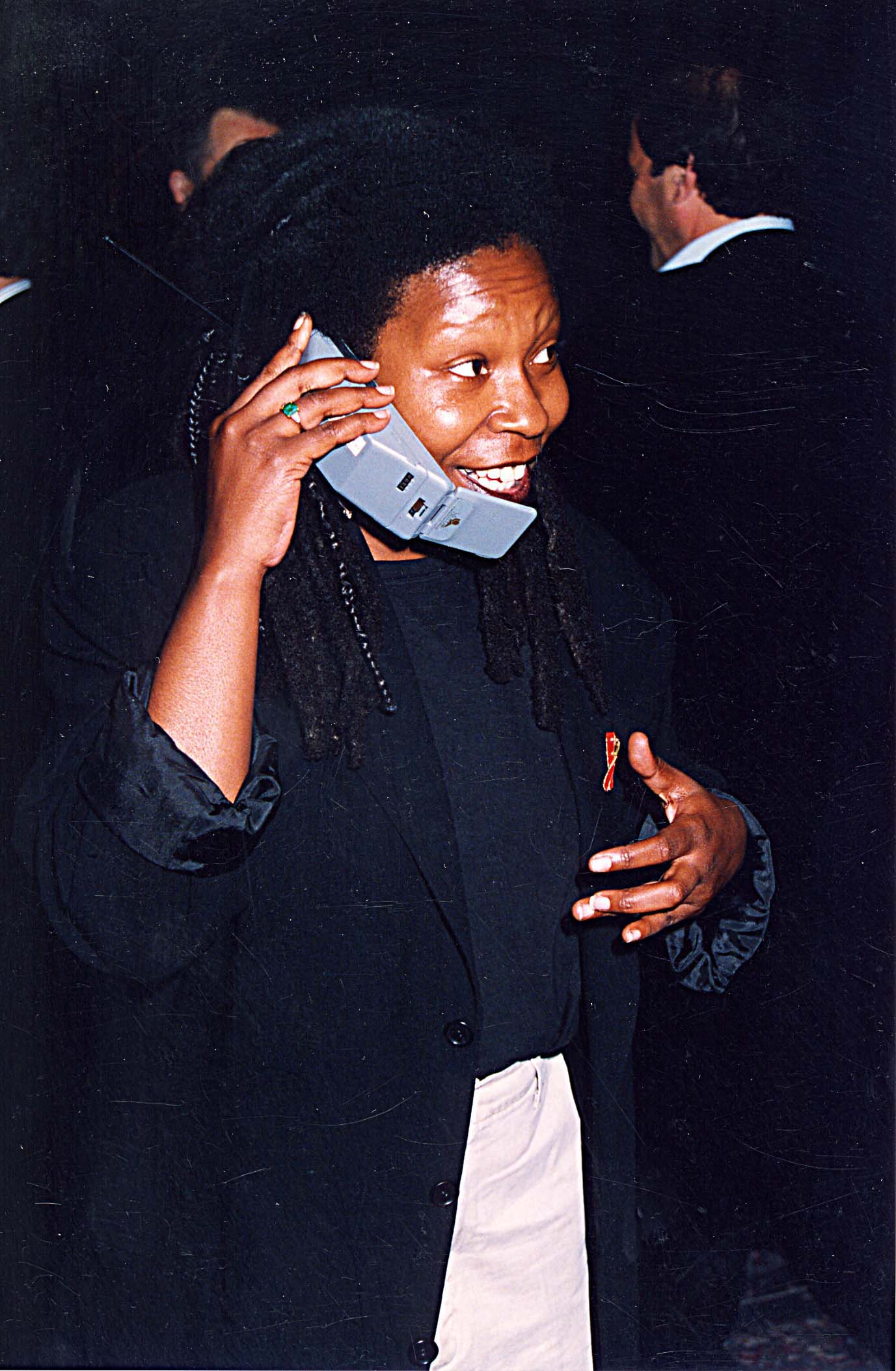





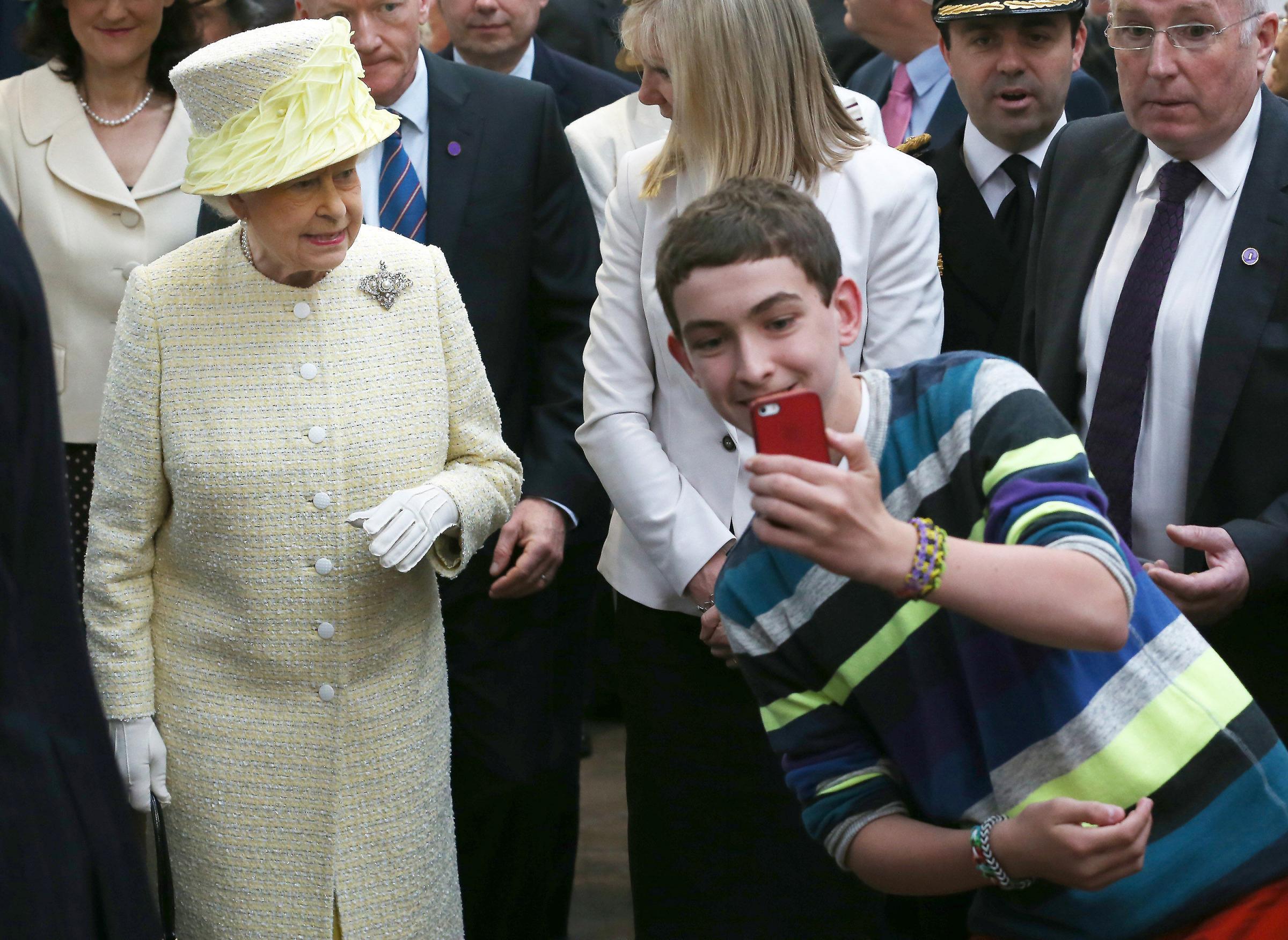
More Must-Reads from TIME
- Why Trump’s Message Worked on Latino Men
- What Trump’s Win Could Mean for Housing
- The 100 Must-Read Books of 2024
- Sleep Doctors Share the 1 Tip That’s Changed Their Lives
- Column: Let’s Bring Back Romance
- What It’s Like to Have Long COVID As a Kid
- FX’s Say Nothing Is the Must-Watch Political Thriller of 2024
- Merle Bombardieri Is Helping People Make the Baby Decision
Contact us at letters@time.com